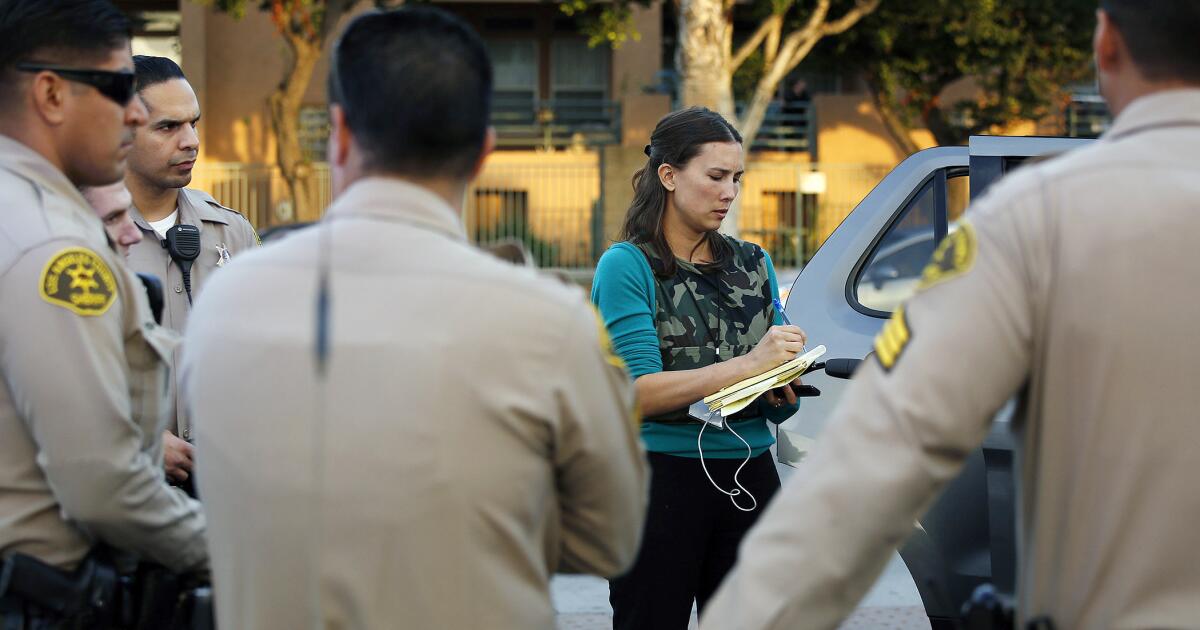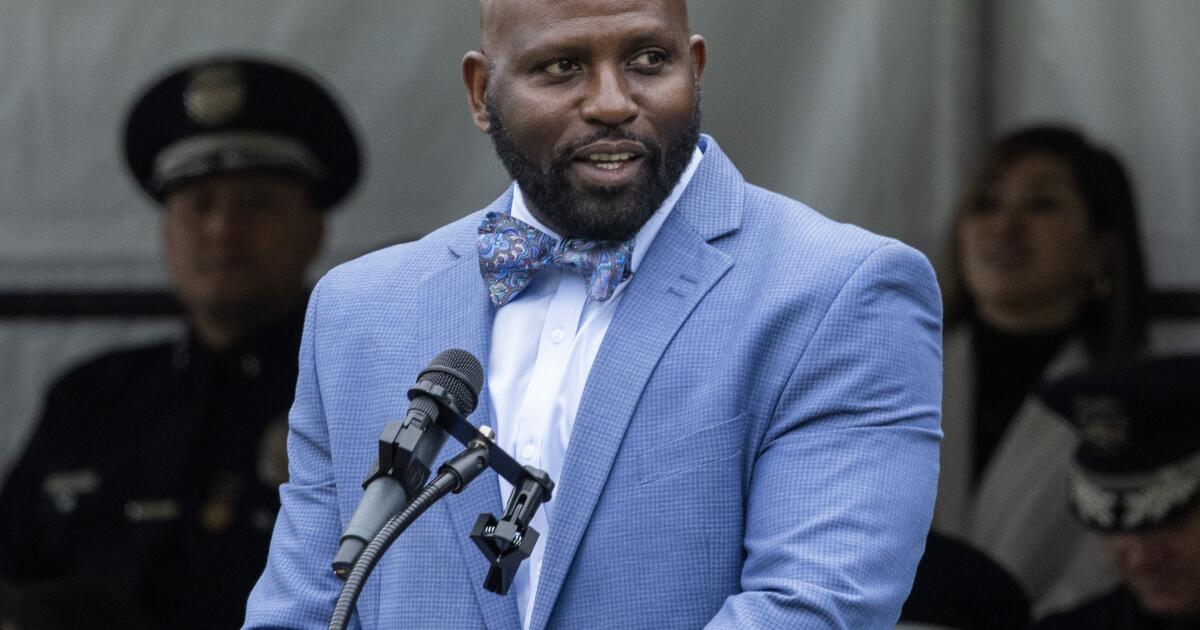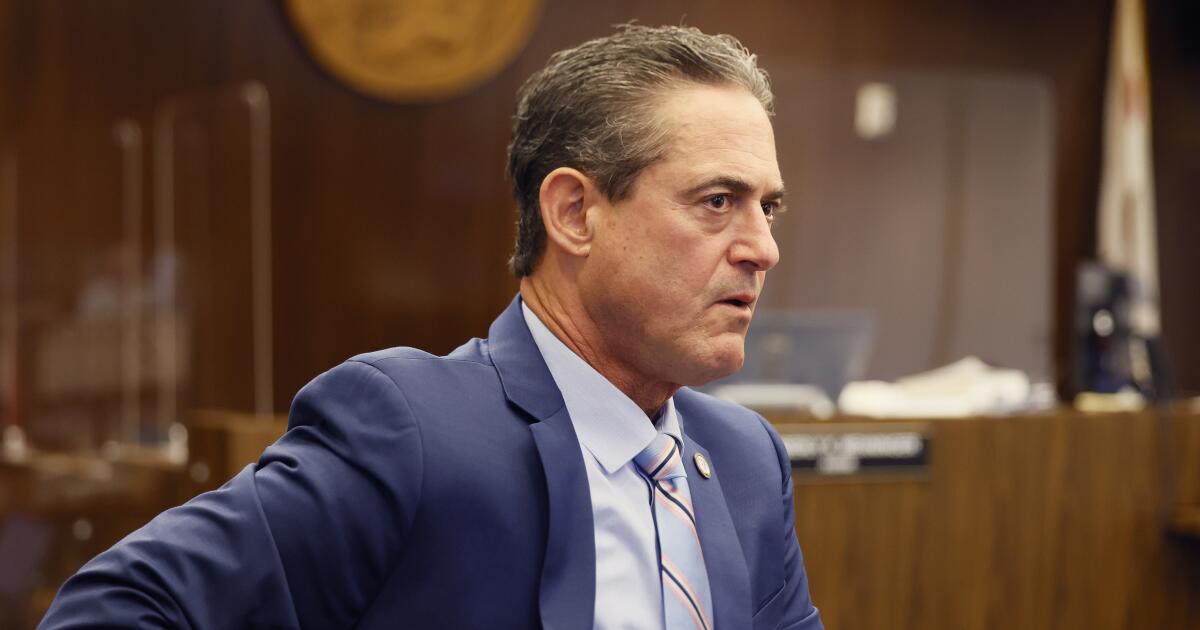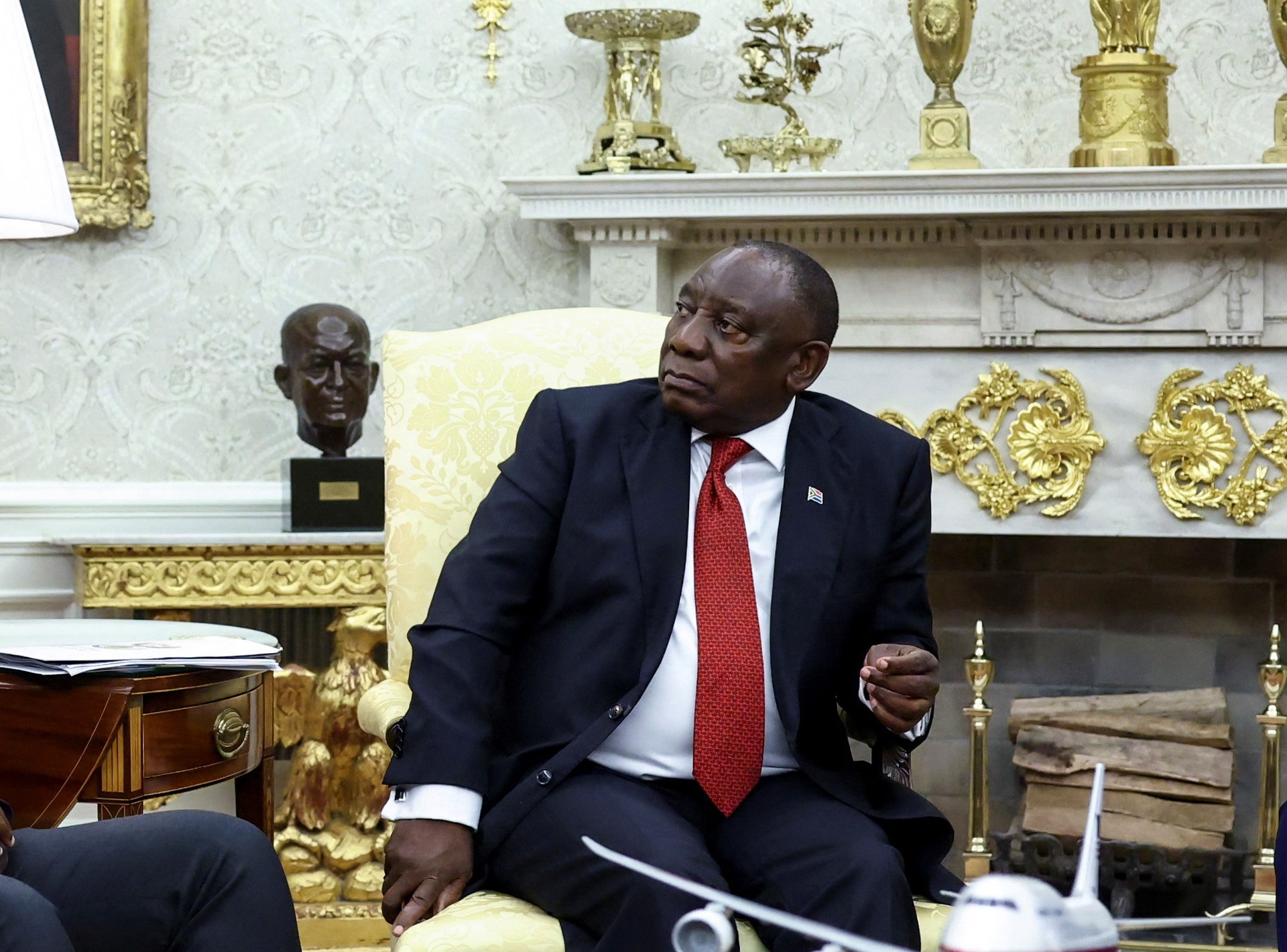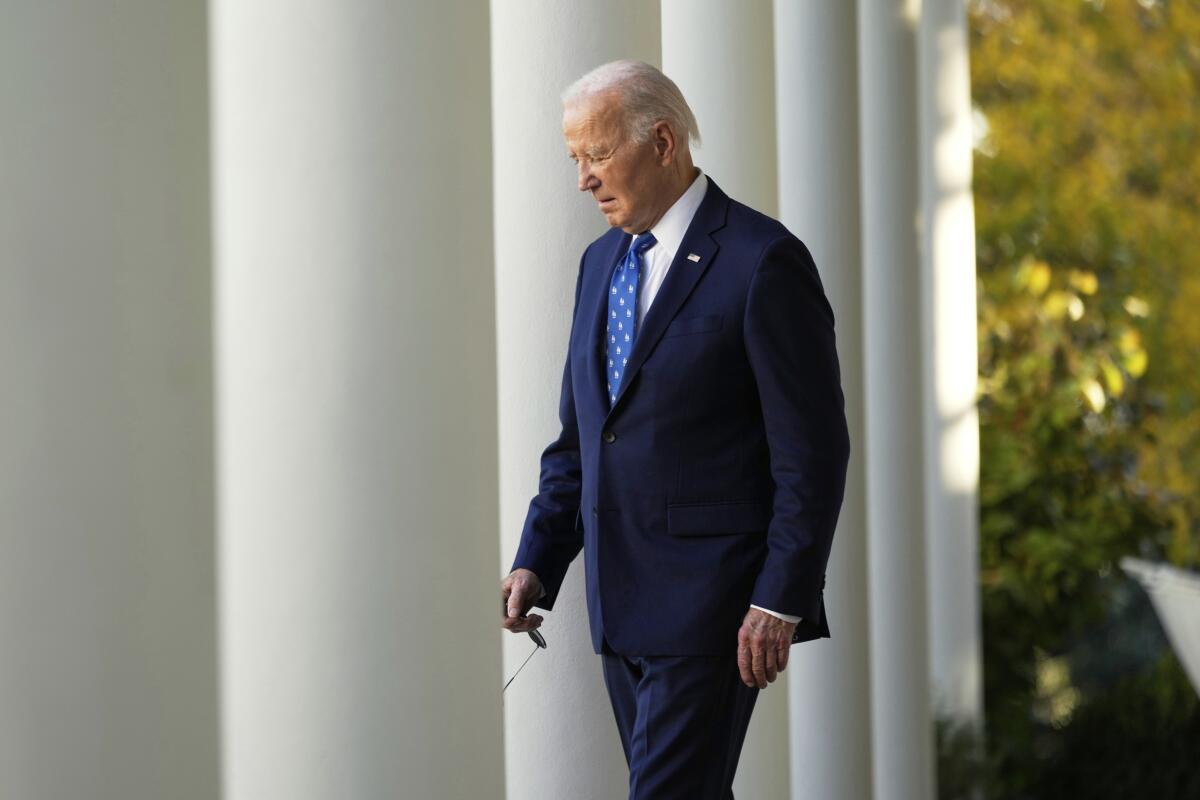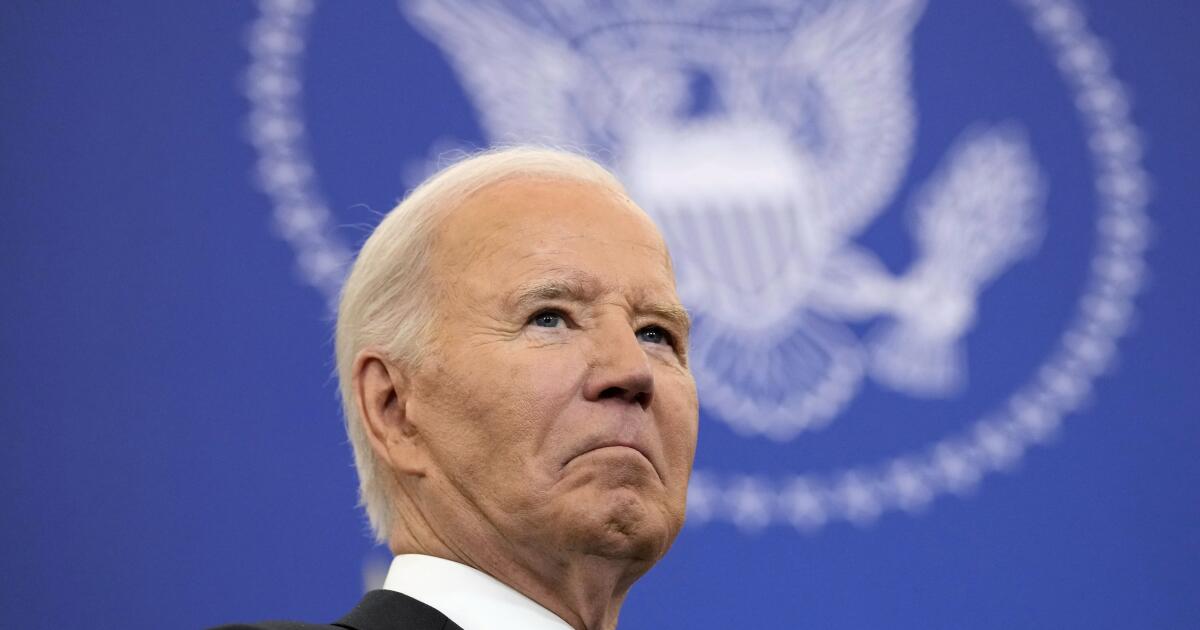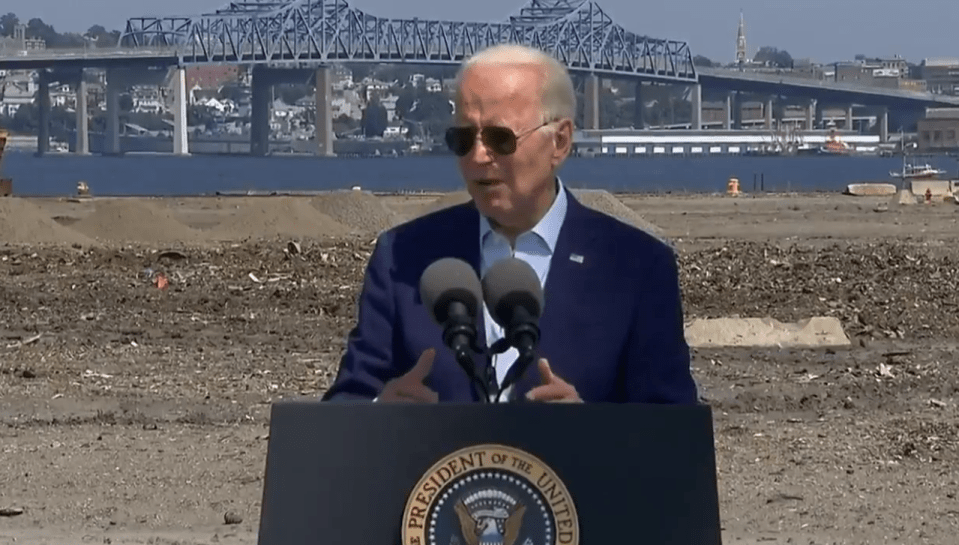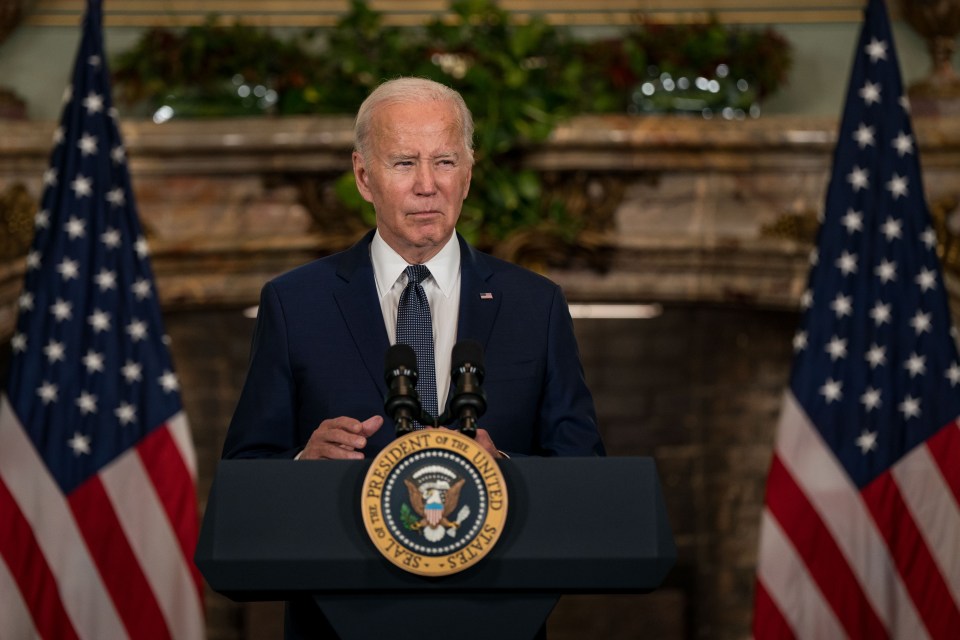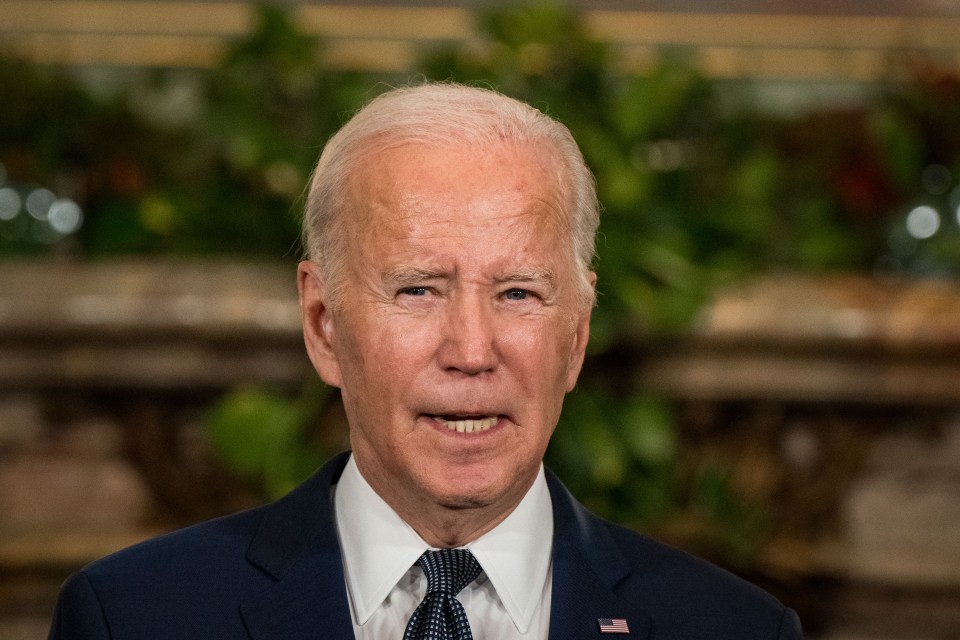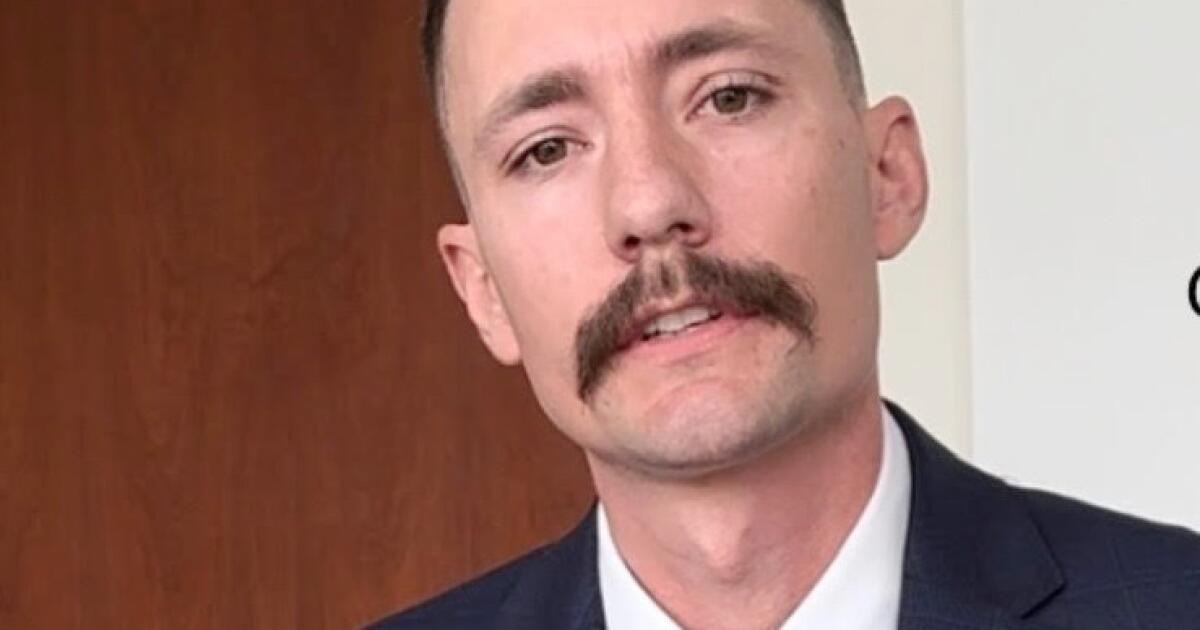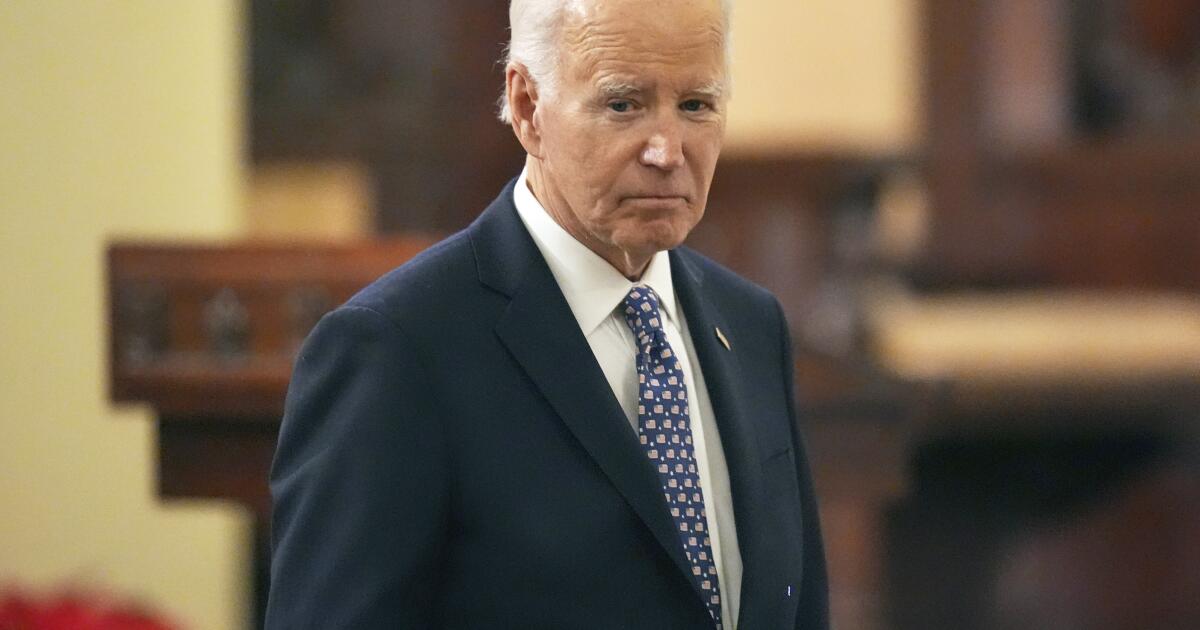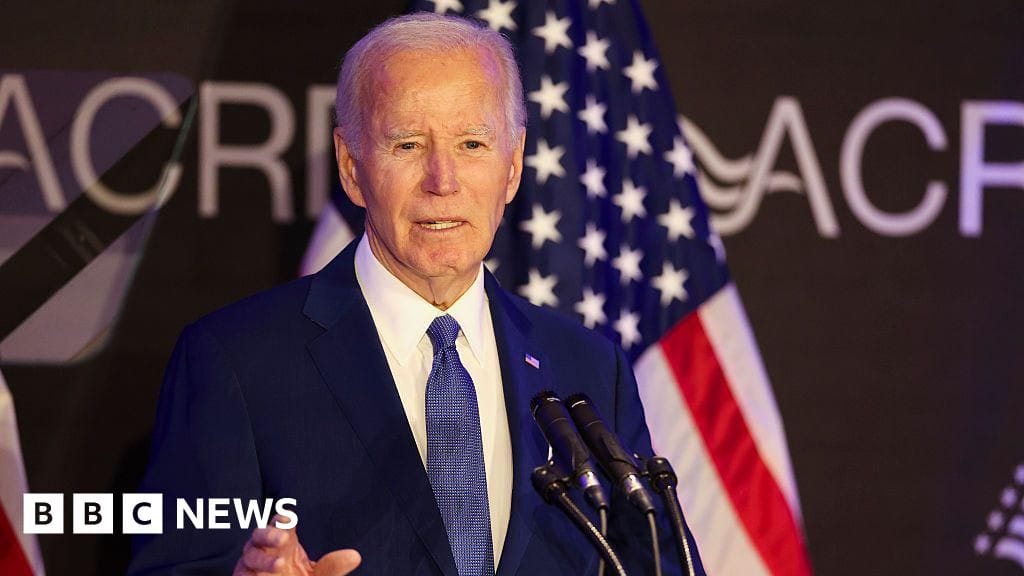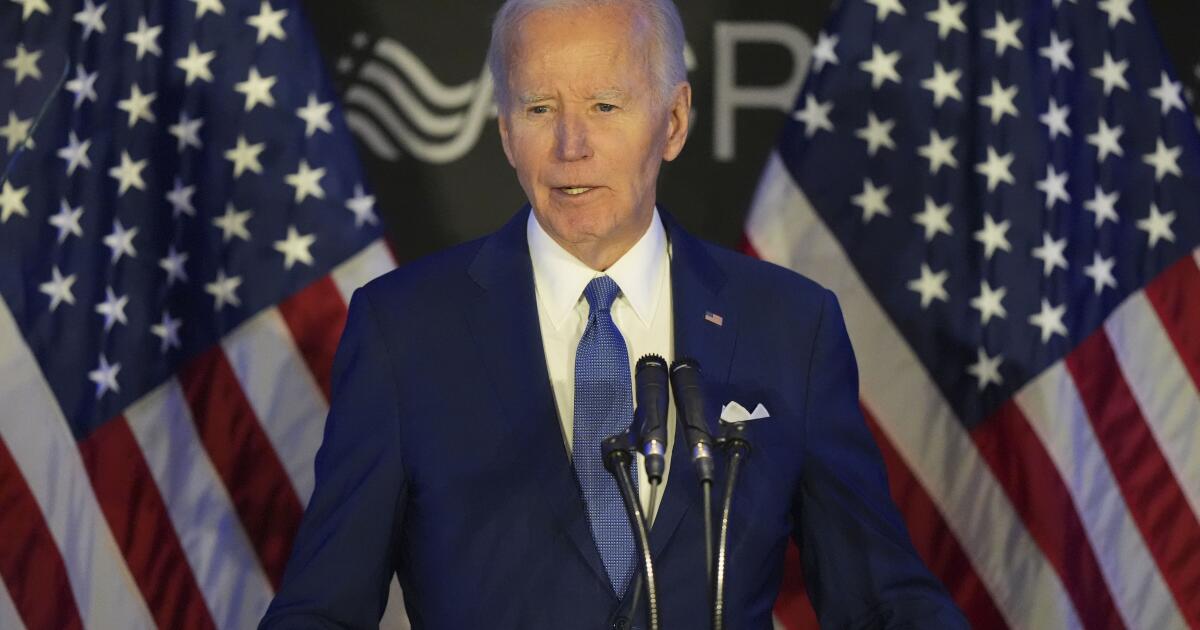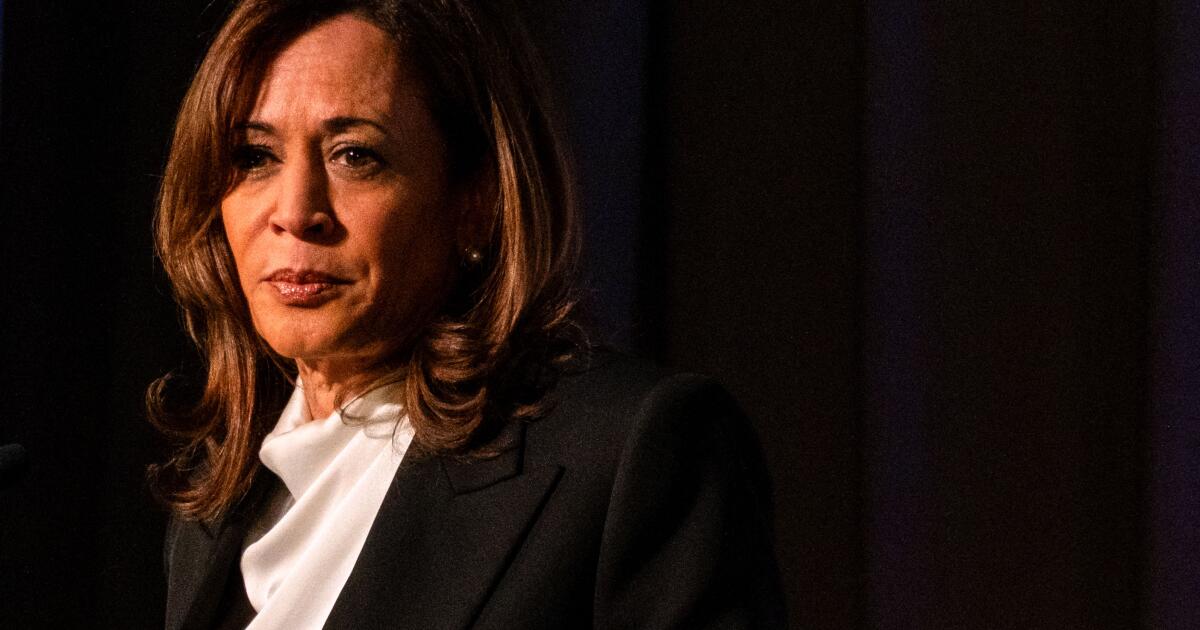How has Bitcoin performed since Trump took office? | Crypto News
The world’s largest Bitcoin conference is taking place in Las Vegas, Nevada from May 27-29.
This year’s event includes several speakers from US President Donald Trump’s circle including Vice President JD Vance; Trump’s two eldest sons, Donald Trump Jr and Eric Trump; as well as White House crypto tsar David Sacks.
Trump’s favourable view of cryptocurrency and his family’s heavy involvement in the industry is raising concerns about the integrity of Trump’s administration and how he is using his influence as president of the United States.
How has Bitcoin performed under Trump?
Over the past week, Bitcoin reached an all-time high of $111,970, marking a 2.6 percent increase from its previous Inauguration Day peak of $109,114.
Since Donald Trump’s re-election in November 2024, Bitcoin has surged 60 percent, rising from about $69,539 at close on Election Day to its current record level.
The cryptocurrency briefly dropped below $90,000 on February 25, amid market jitters triggered by Trump’s announcement of new tariffs on multiple countries and industries worldwide, before recovering.
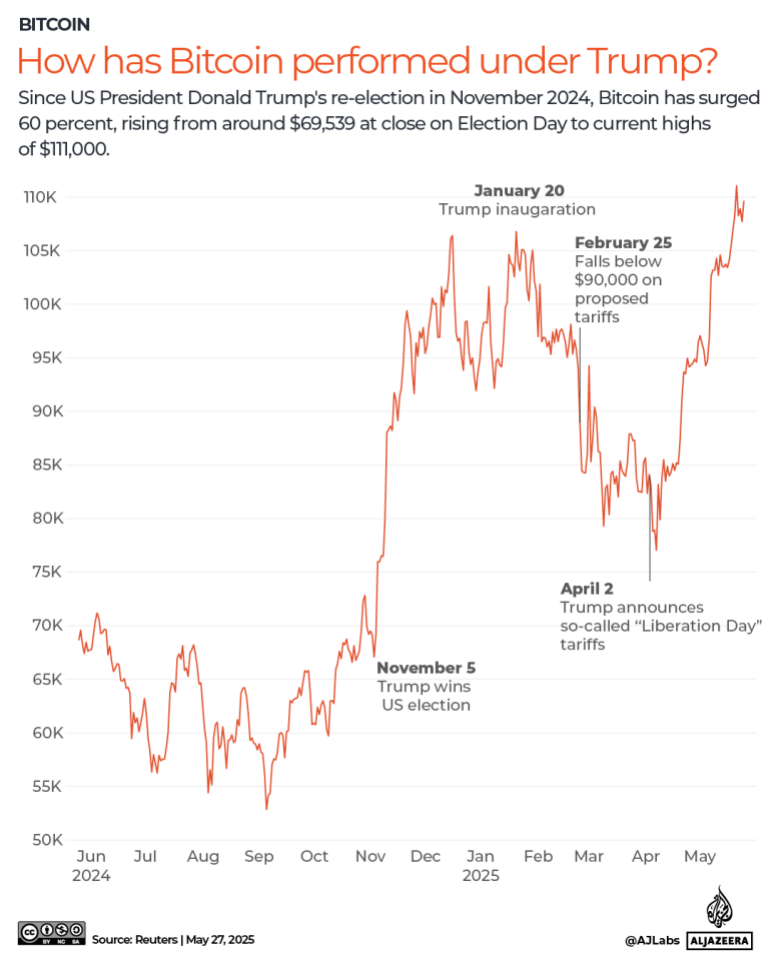
What were the policies during the Biden administration?
During the Biden administration, government policy on cryptocurrency was mixed, with a plethora of lawsuits brought against crypto firms by then Securities and Exchange Commission (SEC) chair Gary Gensler, who has been replaced under the new Trump administration. There were also major moves to adopt cryptocurrency, with the SEC approving 11 spot Bitcoin ETFs in January 2024.
In 2022 and into 2023, the crypto market faced major drawdowns following the implosion of Bahamas-based cryptocurrency exchange FTX in 2022 and the regional banking crisis in early 2023. This led to the Federal Reserve Board releasing statements to banks on the risks of crypto assets, which it has recently withdrawn.

What are Trump’s crypto policies?
The crypto industry has emerged as a significant political player, contributing large sums to support Trump and other legislators.
Much of Biden’s crypto policies have been rescinded under the Trump administration, with the US Senate advancing key pro-crypto legislation such as the establishment of the Strategic Bitcoin Reserve and the Digital Asset Stockpile, aimed at maintaining control of Bitcoin seized as part of “criminal or civil asset forfeiture proceedings”.
Trump’s cryptocurrency policies included appointing pro-crypto figures to key regulatory roles, such as naming Paul Atkins as the new SEC chair.
The most recent rally in Bitcoin is largely prompted by investor optimism over a more crypto-friendly administration and proposed regulatory changes to reduce barriers to entry in the crypto asset markets.
Unlike fiat currencies, Bitcoin’s maximum supply is 21 million coins. Because of this, the White House has stated “there is a strategic advantage to being among the first nations to create a strategic Bitcoin reserve.”
What if Bitcoin were a country?
With Bitcoin priced at $110,000 and a circulating supply of approximately 19.87m BTC, its market capitalisation stands at roughly $2.18 trillion.
If Bitcoin were a country, it would be a major economic powerhouse, ranking roughly in the top 10 worldwide by gross domestic product (GDP) size, roughly on par with countries like Brazil ($2.17 trillion), Canada ($2.14 trillion) or Russia ($2.02 trillion).
What are the regulations and ethics on government officials’ involvement in crypto?
Just before taking office, Trump launched the $TRUMP meme coin at a Crypto Ball held in Washington, DC. Meme coins are often created as a joke and are susceptible to volatile price movements, however, Trump’s coin has allowed top investors access to him.
Last week, President Trump hosted top investors for a cryptocurrency project at his luxury golf course in Northern Virginia. It’s estimated investors spent $148m on the $TRUMP coin to secure their seats at the dinner, with the top 25 spending more than $111m, according to crypto intelligence firm Inca Digital, the Reuters news agency reported.
While the White House insisted Trump would be attending the event “in his personal time”, he spoke at the event behind a podium marked with the presidential seal.

When Trump’s meme coin launched, it first surged, then fell in value, while its creators, which include an entity linked to the Trump Organization, made hundreds of millions in trading fees.
The Trump family is now deeply invested in crypto, with ventures like First Lady Melania Trump’s coin and a stake in World Liberty Financial, a cryptocurrency firm founded in 2024.
While government officials have financial disclosure requirements, and regulatory agencies can monitor the goings-on of officials, critics have warned of conflicts of interest, as Trump backs crypto after once opposing it, potentially using policy to boost his own gains.

